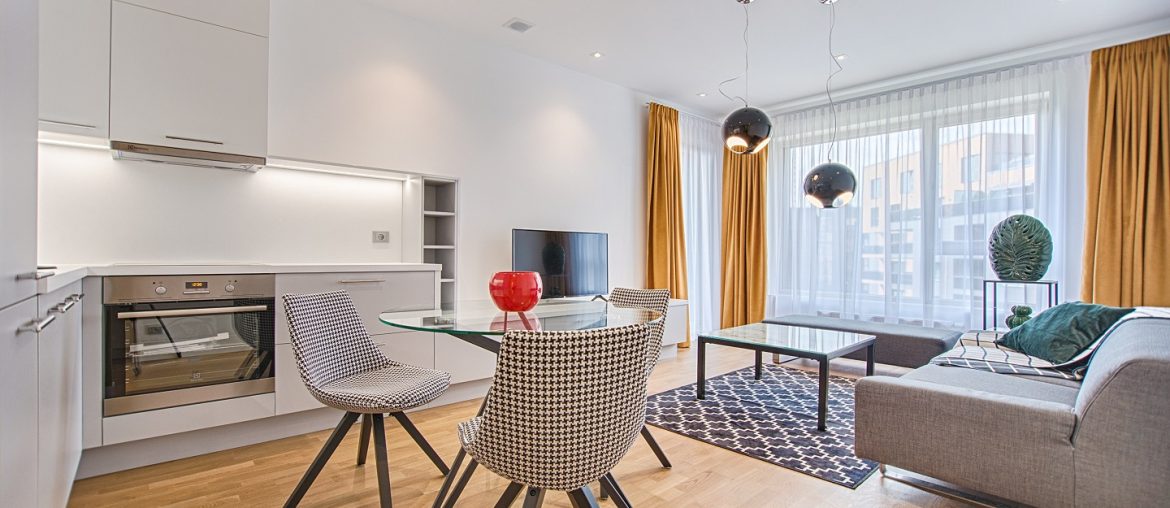Whether you are building a new home or making changes to an existing one, there is hardly any home decor challenge quiet so concerning as choosing the right flooring for your home. Changing your furnishings, painting the walls or adding accessories is relatively easy but installing or replacing the entire floor is not only difficult but also a big commitment. There are plenty of varieties and a lot of things to consider when weighing your options regarding flooring types for your home. You cannot just pick any at random and expect it to work on any surface.
It is important that you pick the ones that match your decor and style as well as suit your budget and needs. Since each one has advantages and disadvantages of their own, a type that is ideal for one kind of space can be a bad idea for another. This is why it is necessary to do a little research on the different types of flooring before you get started with your project.
Here, in the first part, we are going to discuss 5 different types of flooring and their pros and cons.
Hardwood
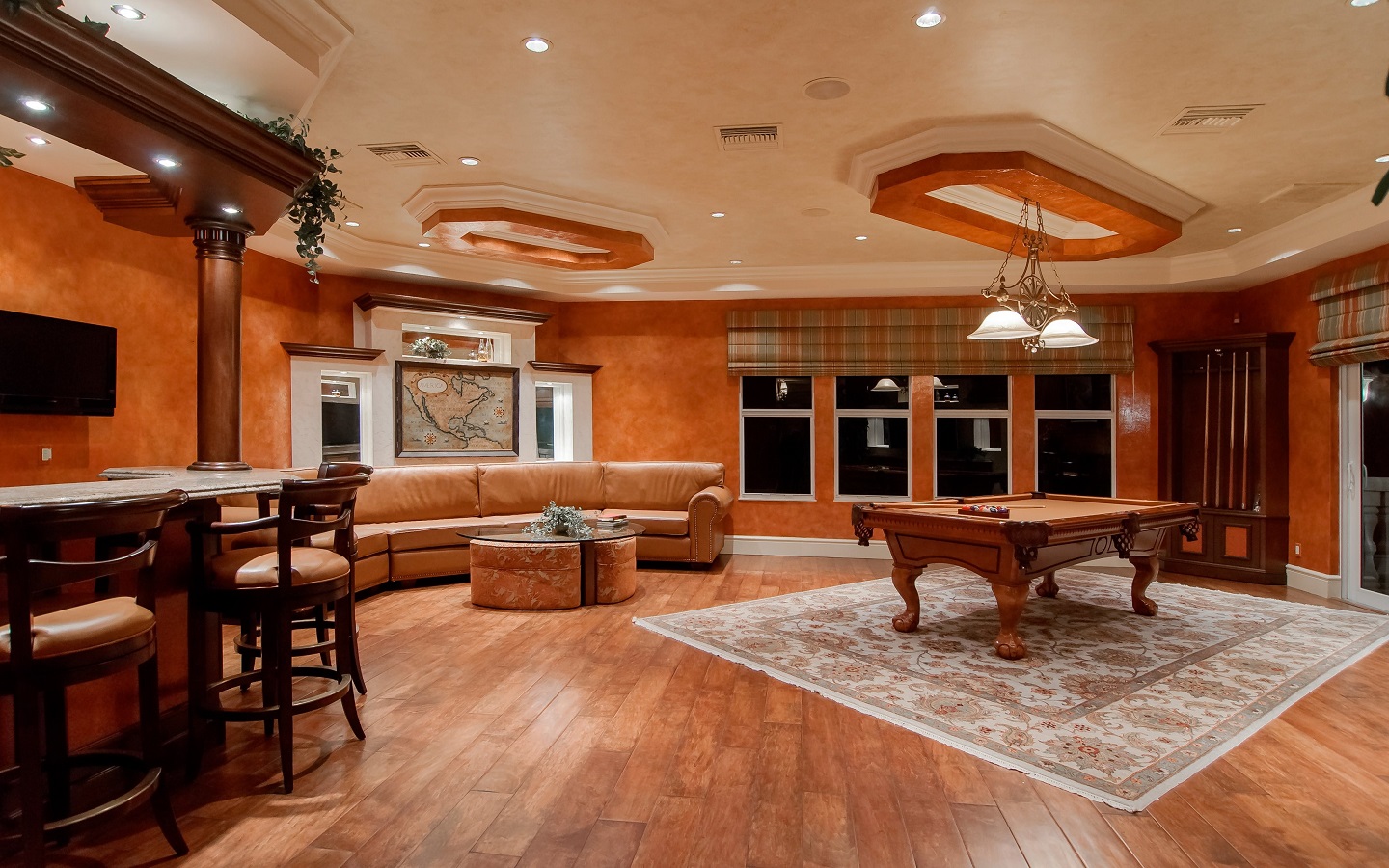
Hardwood flooring is a popular choice because of its premium look and feel. Many people find hardwood flooring very appealing as it tends to give you a textured look. This kind of flooring is made from a single piece of hardwood cut from a tree of your choice. However, oak, maple and exotic varieties such as Brazilian cherry or purpleheart are the most popular ones. Generally, a plank is one-third of an inch thick, but the width can vary. Hardwood flooring comes in two different finishes. Pre-finished woods are polished with a coat of moisture-resistant material and other varnishes to make it shinier, on the other hand, unfinished wood needs to be sanded down for a proper finish.
Pros:
- Looks great with almost all kinds of decor
- Long-lasting; can be refinished up to five times to remove scratches
- It can increase the resale value
- Installing them is a very simple and reasonably easy DIY project
- Upkeep is easy
Cons:
- Can not hold up well to rough handling
- Being exposed for a long time to moisture can make it warp
- They can shrink and swell due to temperature change
- Vulnerable to scratches and dents
Ideal Uses:
Hardwood is the overall best choice for living rooms, dining rooms, and family rooms.
Engineered Wood

Unlike hardwood, engineered wood doesn’t need to be nailed down to the subfloor. It floats on the surface and has a clickable mechanism. Since the price is not as high as hardwood, engineered wood is considered an affordable alternative to solid hardwood. If you want the look and feel of hardwood flooring but without spending as much, then this is for you. It is made by combining genuine hardwood with multiple layers of plywood underneath. This way it keeps the cost down. And just like hardwood, you can choose from a variety of species of wood like oak, maple, and cherry.
Pros:
- More affordable than hardwood flooring
- More resistant to scratches and dents than hardwood
- Less sensitive to temperature change and humidity
- Very easy to install (no nailing or gluing required)
Cons:
- Prone to scratches and dents
- Less durable than hardwood as it can only be refinished up to two times
Ideal Uses:
In addition to living rooms, dining rooms, family rooms; it is also ideal for basements and enclosed porches.
Bamboo
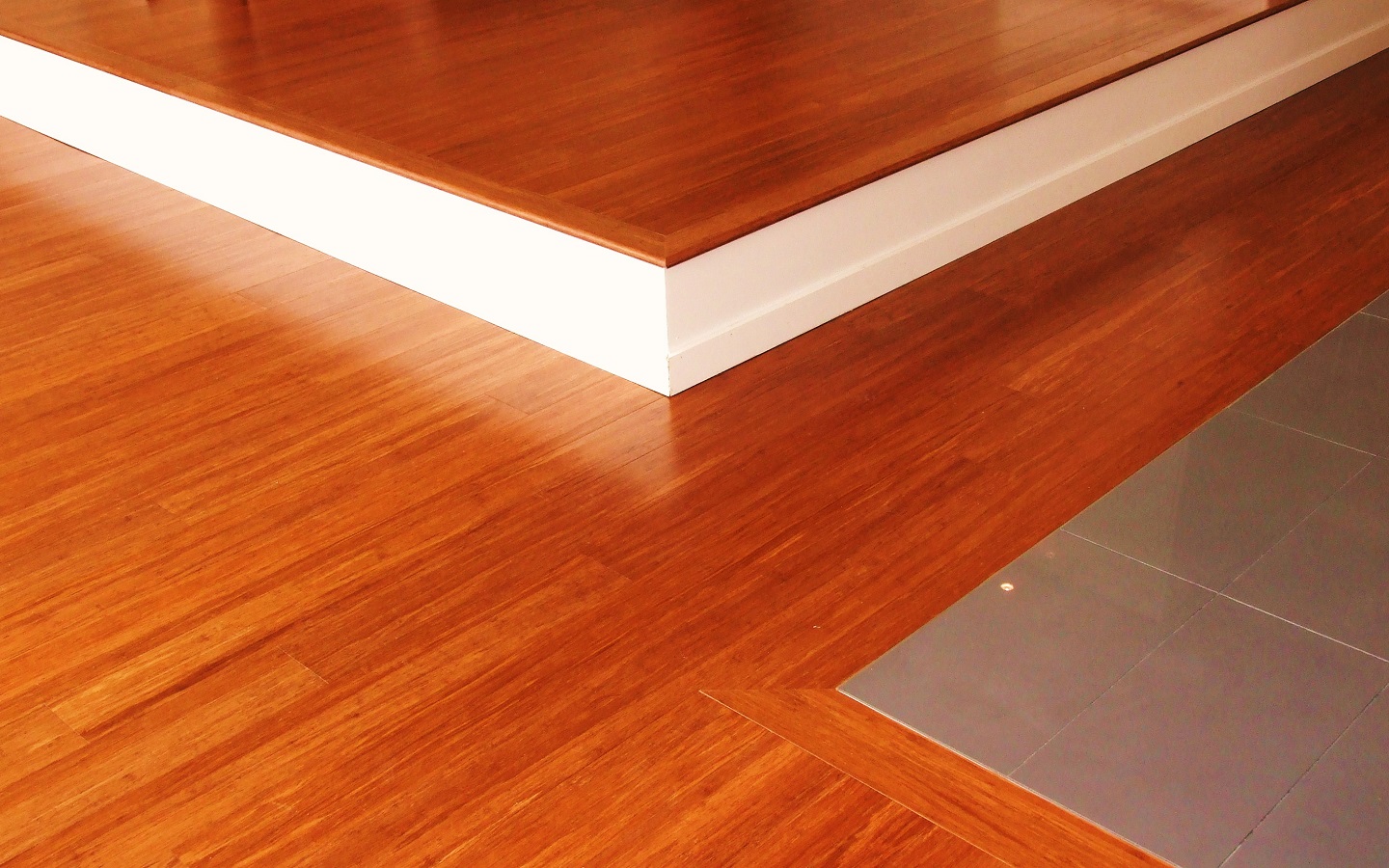
If you want an eco-friendly option and don’t want to lose the look and feel of hardwood, bamboo is great. Although bamboo falls under the same category as hardwood, many consider bamboo has a class of its own. Since bamboo is in the grass family and not a tree, it is more environmentally friendly and less costly. Natural bamboo can produce a very light wood colored floor, but processing treatments are available to give the material a darker finish and make it look like other stained wood options. Also just like hardwood, bamboo is also available in both solid slide and engineered plank. Bamboo flooring comes with different types of patterns that show the grain of the grass in different ways.
Pros:
- Tough and durable
- Easy to install
- Eco-friendly
- Easy maintenance
- Cost-effective
Cons:
- Varies in durability
- Some bamboo flooring manufacturers use glues that are high in harmful formaldehyde, hence, harmful to the environment.
Ideal Uses:
Bamboo flooring can be used in all the areas but are most suitable for living areas, hallways, and bedrooms. On the other hand, it would not be a good idea to use it in the kitchen and bathroom.
Laminate
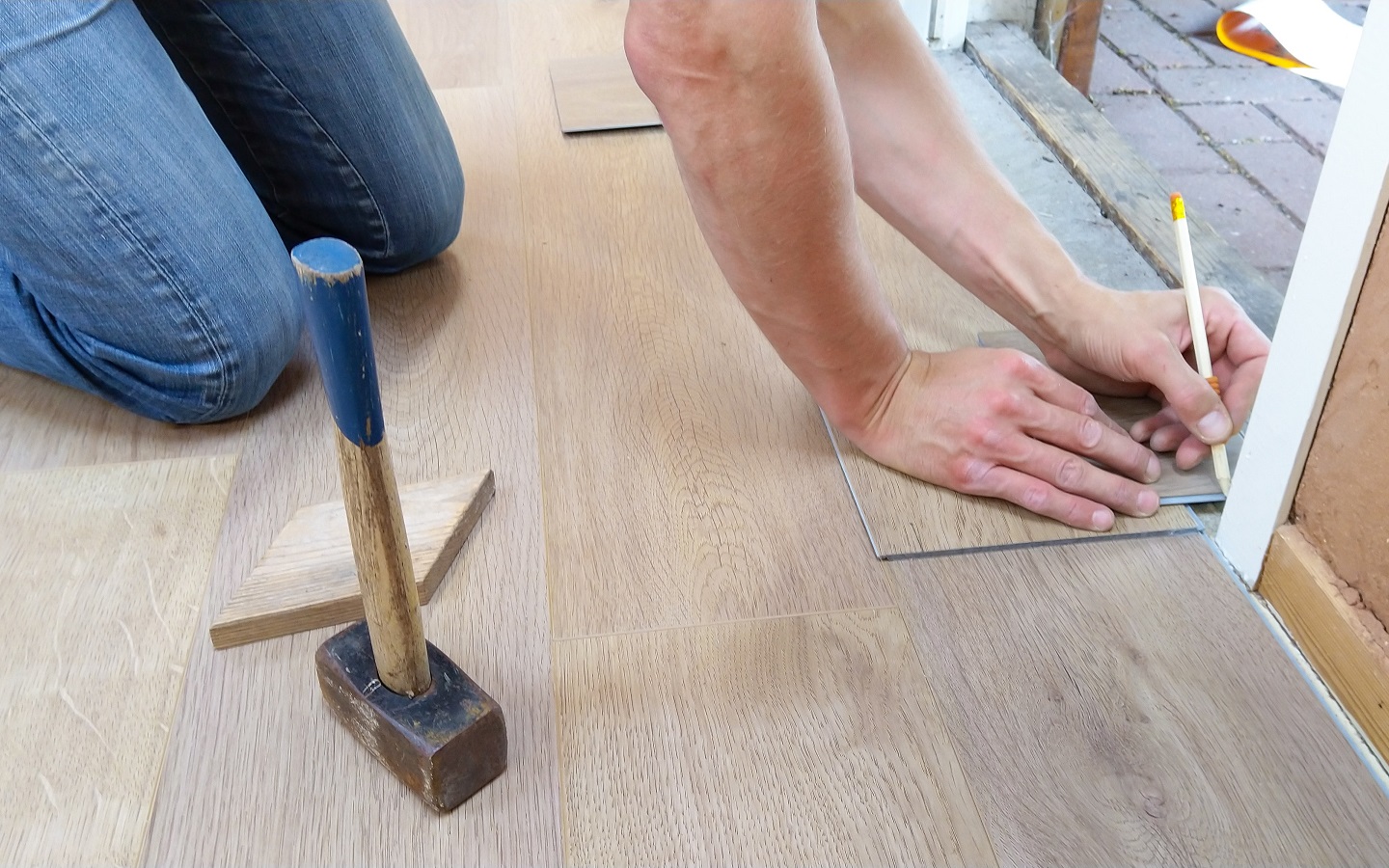
Just like engineered wood, laminate flooring is constructed in layers. First, there is a veneer over a layer of plywood or compressed fiber. The first layer is sealed with different finishes to give you a stable and durable slat (bar of wood). However, the topmost layer is not real, to give you an illusion of premium material, it uses photo-realism technology of beautiful finishes like wood, stone, ceramic tile, or stained concrete that’s covered in a plastic coating. Laminate is a floating floor system that floats over your old flooring so there is no need for gluing or nailing to install it.
Pros:
- Very affordable compared to other types of flooring
- Easy to clean and needs very little maintenance
- More resistant to scratches and scuffing than real wood
- Easy to install
Cons:
- Can get slippery when wet
- Not well resistant to water
- Can’t be refinished only replaced
- Less cost-efficient than real wood or tile in the long run
Ideal Uses:
Ideal to use in areas with high traffic including kitchen, living room, and hallways. Best to avoid the basement, bathroom, and laundry room.
Linoleum
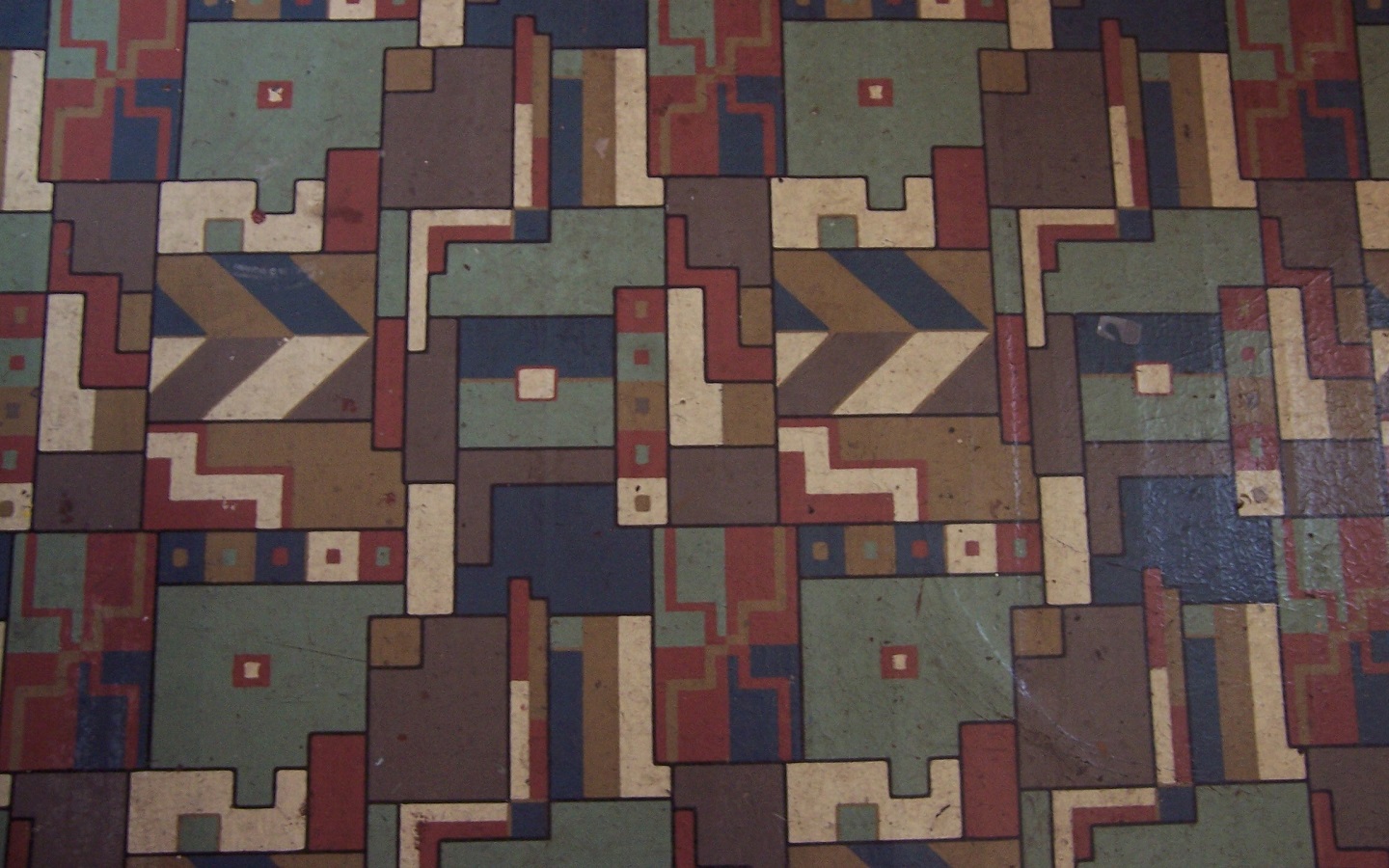
Linoleum is the oldest type of flooring available in the market today. It has been around for over 150 years. Since its inception, linoleum flooring has gone through a period of ups and downs. But luckily, it is still here and there are many available options to choose from. Linoleum is made of materials like cork, linseed oil, and other biodegradable materials; making it one of the most eco-friendly options that you can install at home. It comes in a variety of types such as sheets, tiles, or laminated planks that you can install as a floating floor. Some come with a protective coating so that it can better reduce wear or prevent stains.
Pros:
- More durable than most flooring (can last up to 40 years with proper care)
- Comfortable to walk on
- Eco-friendly material and produces no harmful emissions
- Easy to install
Cons:
- Vulnerable to denting from high heels and tears from sharp objects
- Linoleum isn’t very water-resistant
- Uncoated linoleum needs regular waxing to maintain its sheen
- Not the easiest to install
Ideal Uses:
Linoleum is most suitable for the living room and bedroom. But not suitable for a bathroom or basement that has water dampening problems.
When it comes to flooring, there are a lot of options to choose from and also a lot of things to consider. It is hard to accumulate all those things in one article. That’s why we are making it a two-part long series. In the subsequent part, we will discuss four more types of floorings. Stay tuned for that and in the meantime, let us know how you feel about these types of flooring or if you have any experience with them yourselves.

